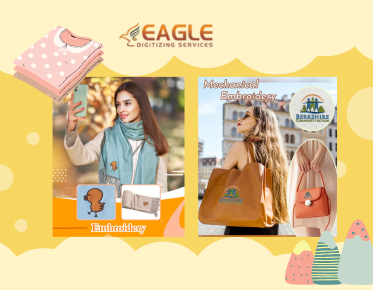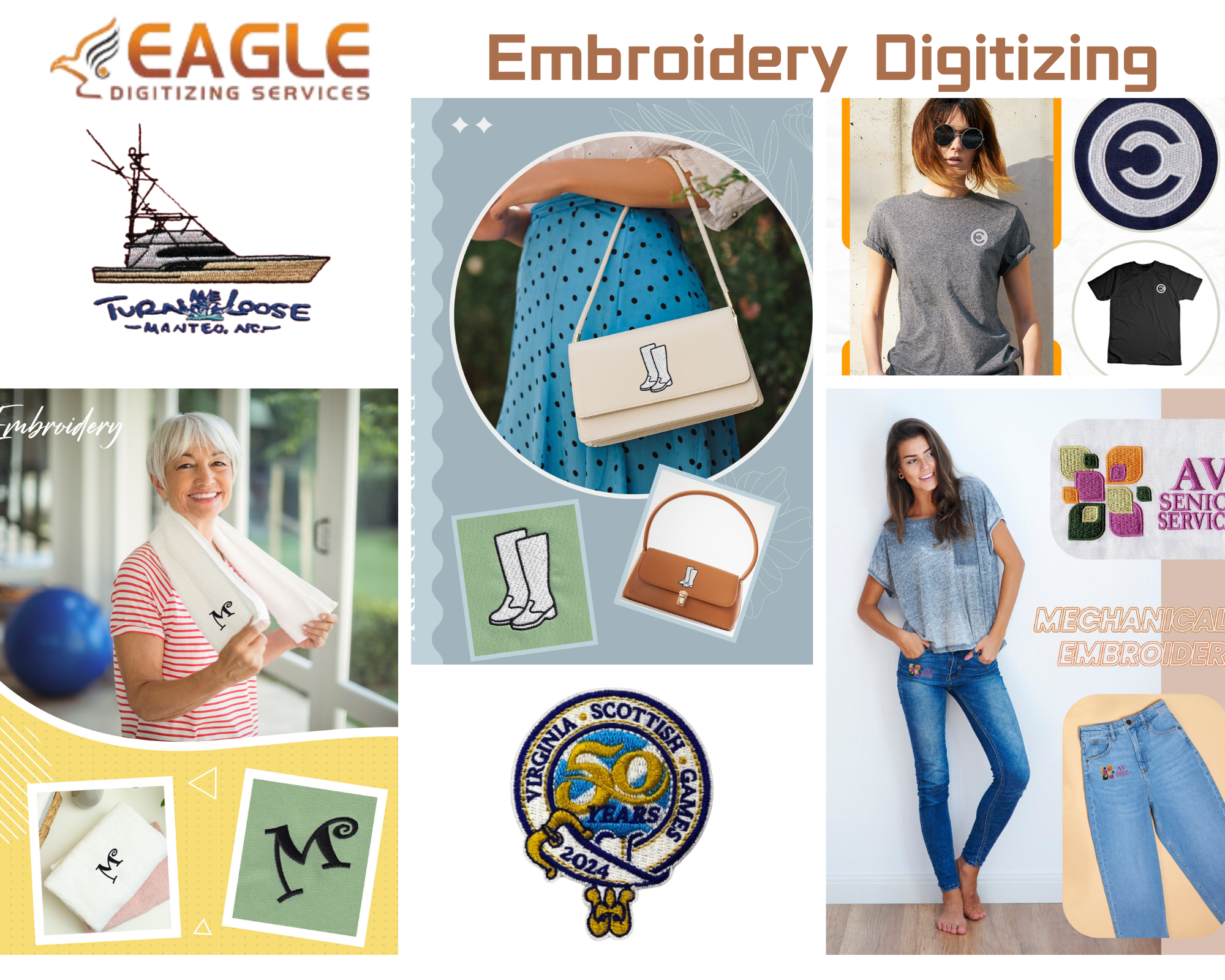Popular Embroidery Fabric Types Used in Machine Embroidery
Embroidery, a timeless art form, has evolved significantly with the advent of machine embroidery. The choice of fabric plays a crucial role in the outcome of the embroidery design. Selecting the right fabric can enhance the design's appearance and longevity. In this blog, we will explore some of the most popular fabric types used in machine embroidery, ensuring your projects are always a success. For those interested in the technical aspects of embroidery, understanding the embroidery digitizing process is equally important.
Cotton
Cotton is one of the most popular fabrics for embroidery due to its versatility and ease of use. It is a natural fiber that is soft, breathable, and available in various weights and weaves. Cotton fabrics, such as muslin, calico, and quilting cotton, are commonly used for embroidery projects. They provide a smooth surface that allows for detailed stitching and vibrant colors.
Linen
Linen is another excellent choice for embroidery, known for its durability and natural texture. It is a strong fabric that can withstand the tension of embroidery stitches without puckering. Linen's natural slubs add a unique texture to the finished piece, making it a favorite among embroiderers who appreciate a rustic or vintage look.
Silk
Silk is a luxurious fabric that adds elegance to any embroidery project. Its smooth and lustrous surface allows for intricate designs and fine details. However, silk can be challenging to work with due to its delicate nature and tendency to shift. Stabilizers are often used to keep the fabric in place during embroidery.
Wool
Wool fabrics, such as felt and wool blends, are popular for embroidery projects that require a thicker, more textured finish. Wool is warm and resilient, making it ideal for items like blankets, coats, and accessories. It provides a rich background for embroidery designs, especially when using wool threads.
Denim
Denim is a sturdy fabric that is perfect for casual and durable embroidery projects. Its thick weave can support heavy stitching and bold designs. Denim is commonly used for customizing jeans, jackets, and bags, offering a modern and trendy look.
Polyester
Polyester fabrics are synthetic and known for their strength and resistance to wrinkles and shrinking. They are often used in commercial embroidery due to their durability and colorfastness. Polyester blends are also popular for sportswear and uniforms, where longevity and performance are key.
Canvas
Canvas is a heavy-duty fabric that is ideal for embroidery projects requiring a robust base. It is commonly used for tote bags, outdoor gear, and wall hangings. Canvas provides a stable surface for embroidery, allowing for large and intricate designs without distortion.
Choosing the Right Fabric
When selecting a fabric for your embroidery project, consider the design, the intended use of the finished piece, and your personal preferences. Each fabric type offers unique characteristics that can enhance or detract from the final result. Experimenting with different fabrics can lead to exciting discoveries and creative outcomes.
Future Trends in Embroidery Fabrics
As technology advances, new fabric types and blends are being developed to meet the demands of modern embroidery. Sustainable and eco-friendly fabrics are gaining popularity, reflecting a growing awareness of environmental impact. Additionally, smart textiles with embedded technology are opening new possibilities for interactive and functional embroidery designs.
For those looking to delve deeper into the world of embroidery, understanding the role of embroidery digitizing is essential. This process transforms designs into a format that embroidery machines can read, ensuring precision and quality in every stitch. Eagle Digitizing excels in providing professional embroidery digitizing services, ensuring every design is crafted with unmatched precision.



